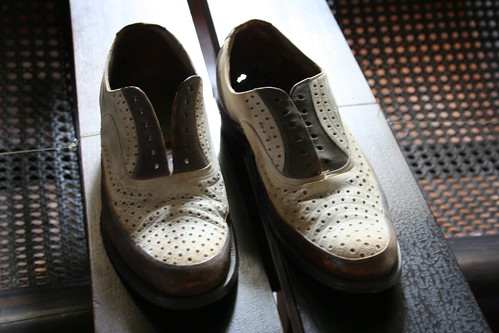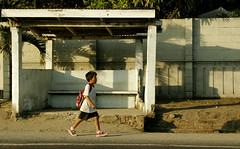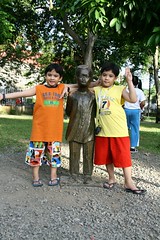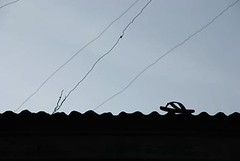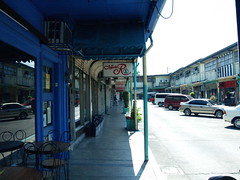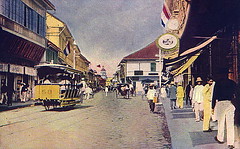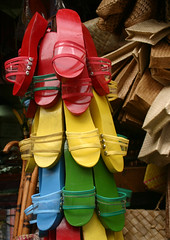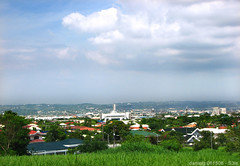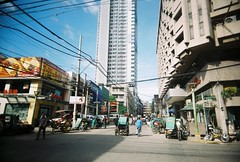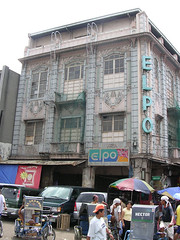Juliet Bautista, Nike operations director in China, said the Association's mission is "to serve as a unifying force among all Filipinos in the footwear industries outside and inside the of the Philippines so that we can maintain our competitive advantage in the international arena and sustain this in the next generation of Filipinos to come."
According to Bautista, what the country needs is "innovation." She cited that the country will not be able to cope with global competition if there is no improvement, stressing, "no innovation and they will die."
Identifying the causes of the country's stagnation, Wolverine Worldwide Jojo Dancel rued the lack of support industries in the country.
Dancel said that imported shoes from China swamp the country and local shoes cannot compete.
"To compete with cheap China-made shoes, we sacrifice the quality of our local shoes para lang mabenta (just to make it marketable) but actually nawawala ang integrity in sapatos (the shoe loses its integrity)," he lamented.
full article here >>>
This is a documentary
by GMA Network's Jessica Soho
tackling this issue
video courtesy of GMA Network and Jessica Soho

